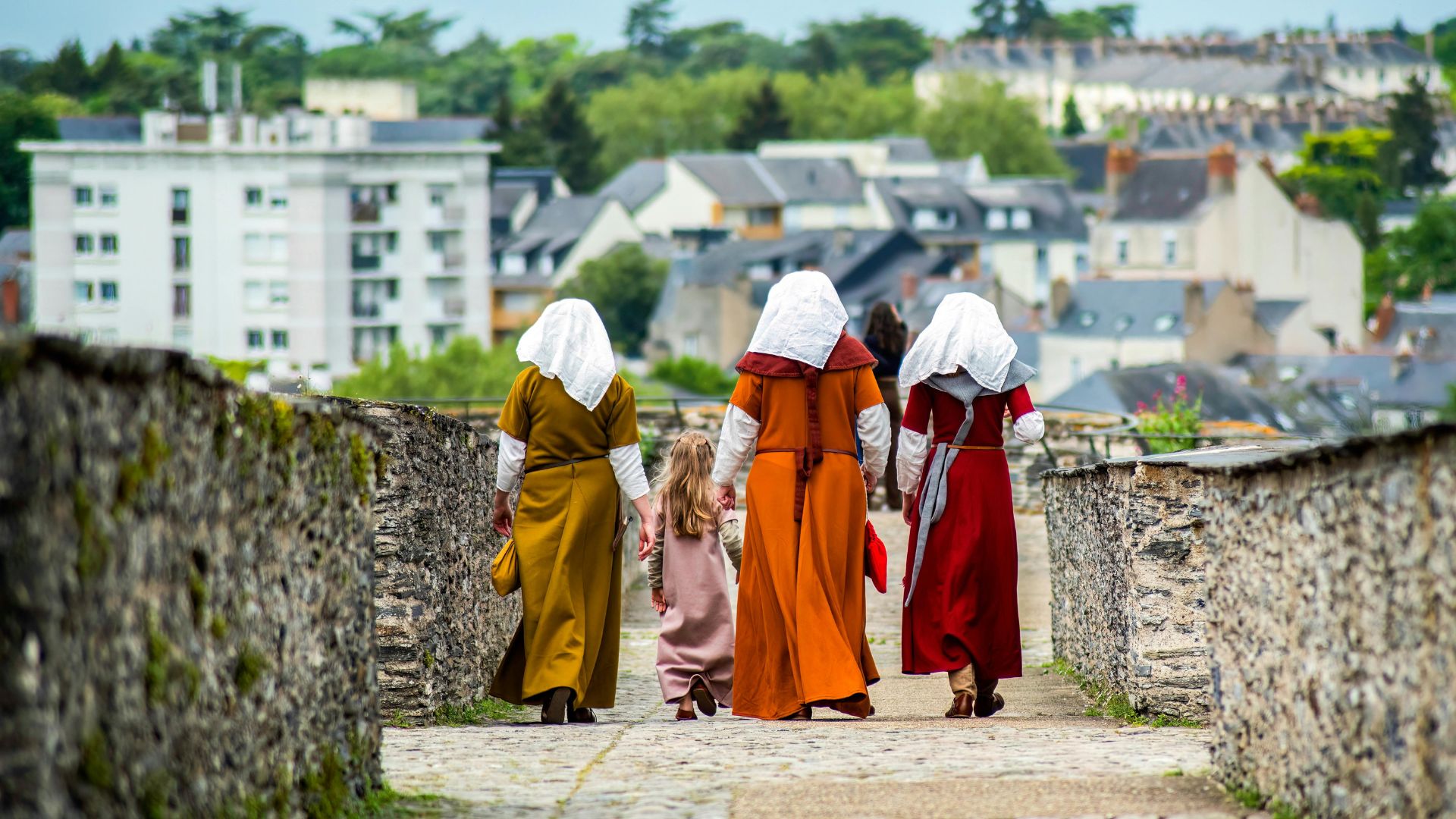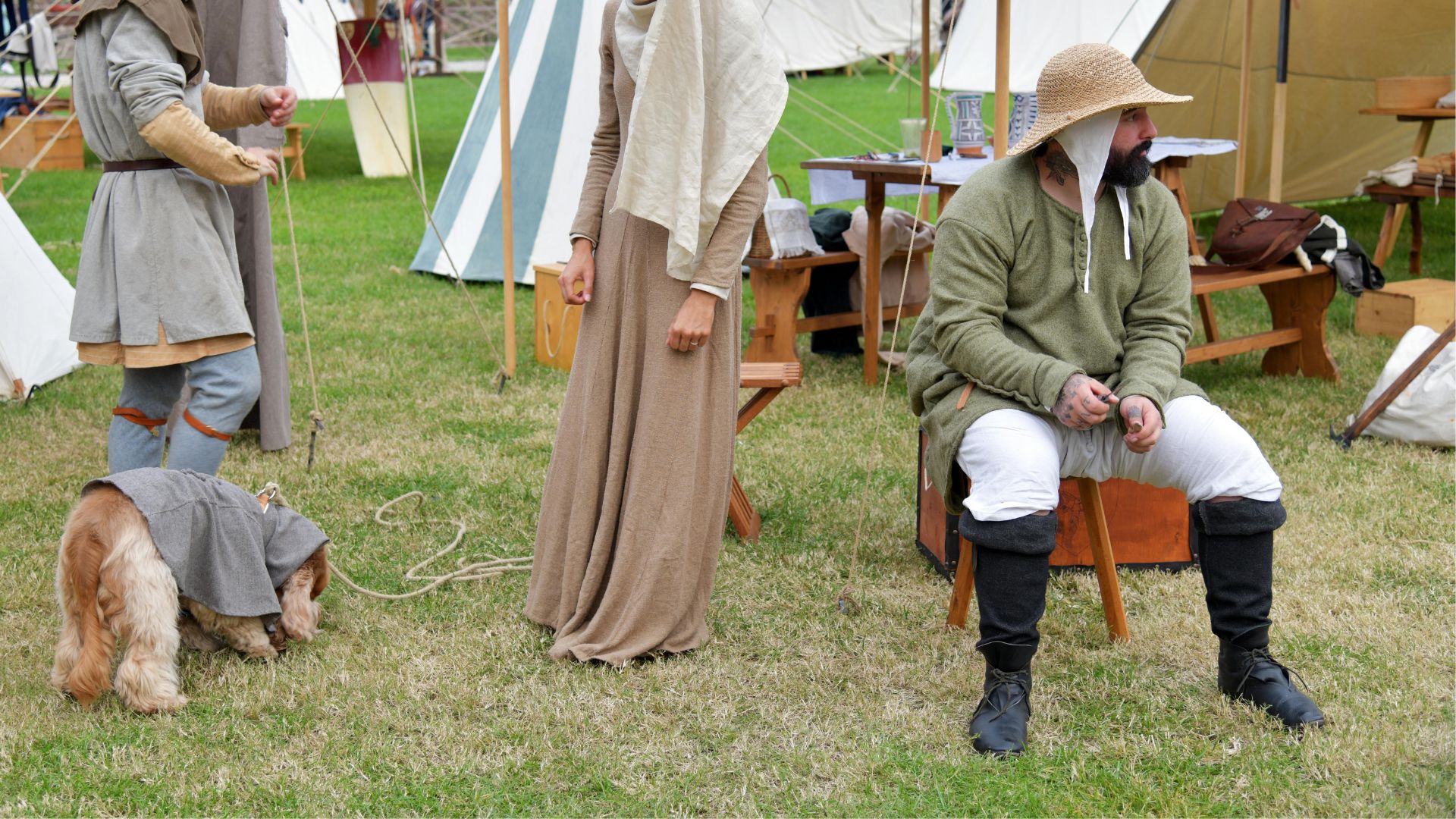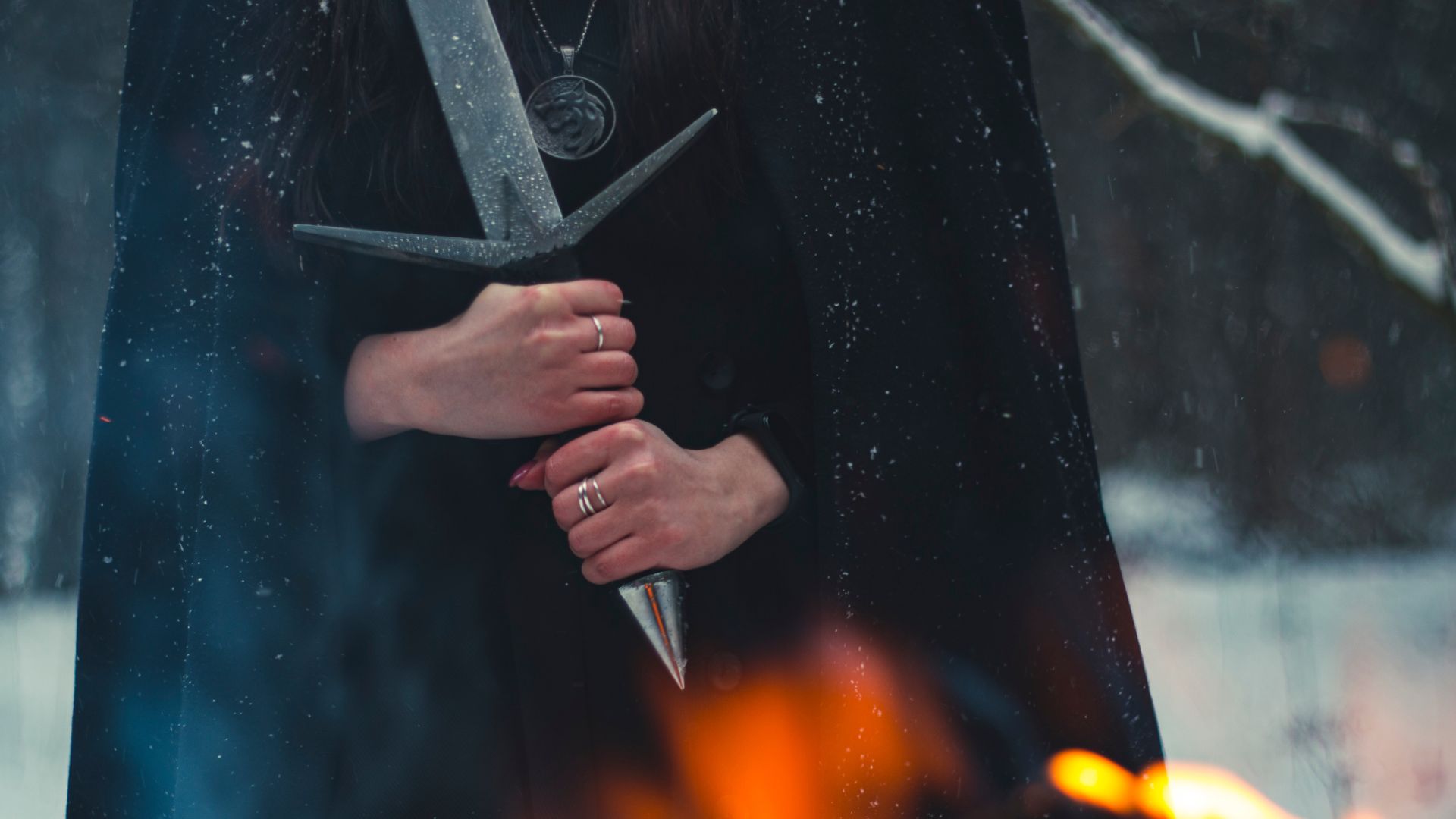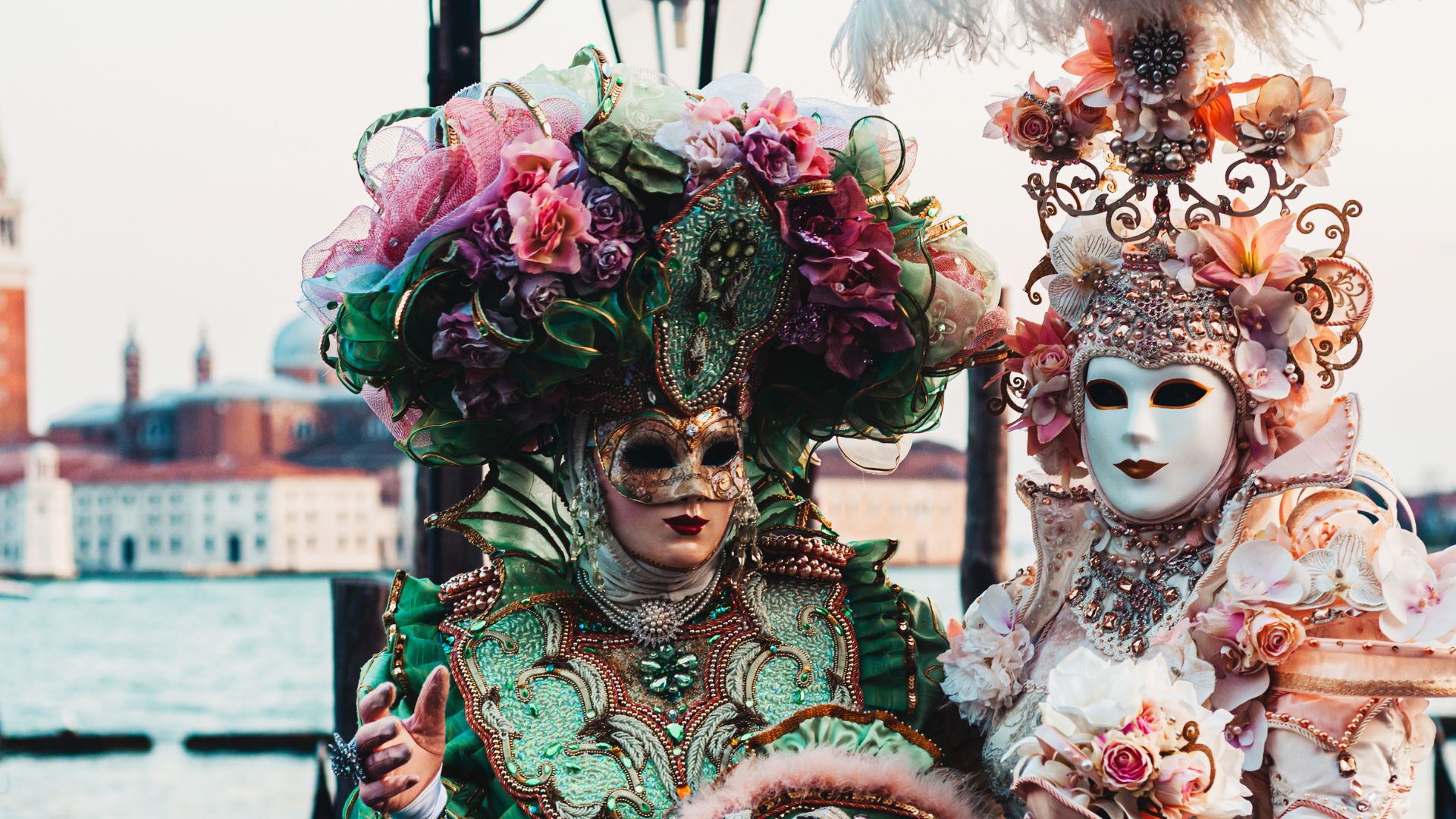
The art of crafting authentic historical costumes
Historical reenactment is a truly immersive experience that allows people to step into the shoes of those who lived in different time periods. But the most vital component of a successful reenactment – aside from the historical events and the characters themselves – is the costume. An authentic historical costume is far more than just a set of clothes; it’s a symbol of the era you’re portraying and helps transport you (and those around you) into the past. Whether you’re recreating the grandeur of the Victorian era or the ruggedness of medieval Europe, your costume plays a pivotal role in bringing your character and the history to life.
In this article, we’ll explore the critical role that historical costumes play in reenactments, the importance of research and accuracy, the materials and techniques involved in crafting period-specific attire, and when it’s best to make or buy your costume.
By the end, you’ll have a better understanding of how to approach crafting a historically accurate costume and why it’s so essential to the reenactment experience:
- Research and accuracy
- Materials and techniques
- Buying vs. making your costume
- The importance of creating authentic historical costumes
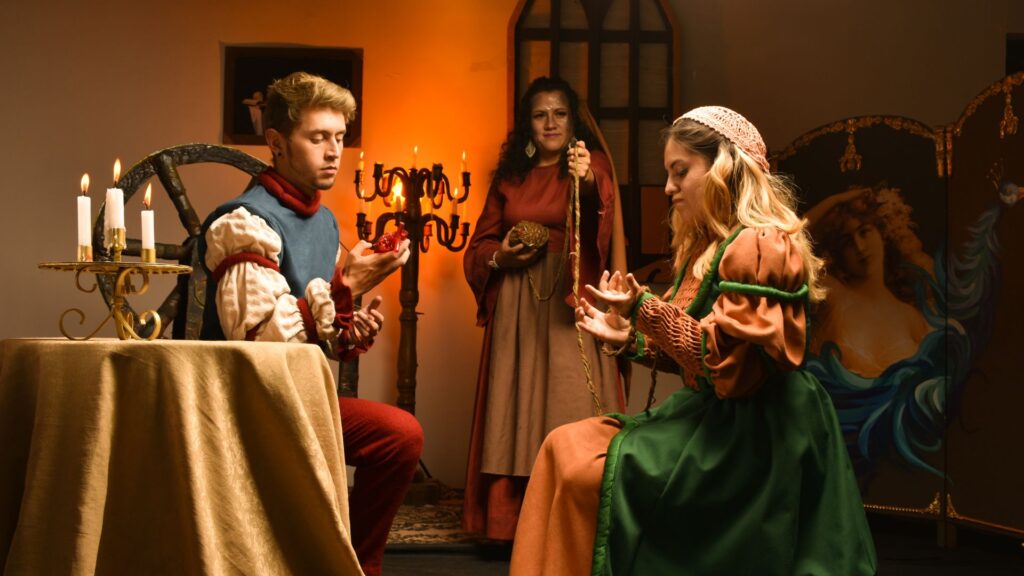
Research and accuracy
The first step in creating an authentic historical costume is research. Before you even think about fabrics or sewing, it’s crucial to understand the period you’re portraying. Each historical period has its own unique clothing styles, trends, and practical needs, and the accuracy of your costume reflects the level of respect and attention to detail you have for that era.
Start by diving into the history of the time period you’re interested in. Look for visual references like paintings, photographs, and illustrations from the era. Museums and historical societies are excellent resources, offering examples of period clothing and often providing detailed explanations of how people dressed in daily life or for specific events, such as battles or royal functions. You can also visit historical sites or events, where you might get the chance to see authentic pieces up close.
It’s important to remember that costumes should reflect not only the fashion of the time but also the social class, role, and function of the character you’re portraying. A nobleman in the medieval period would wear much different attire than a peasant, and understanding the social hierarchy of the era will guide you in making the right choices for your costume.
Once you’ve gathered references and information, make sure you’re looking at accurate sources. For example, historical fashion plates, extant garments, and historical texts can provide valuable insights into the materials, construction, and details of clothing during a particular period.
“The art of crafting authentic historical costumes is a bridge between the past and present, where each stitch and detail brings history to life, allowing us to step into the shoes of those who came before us.”
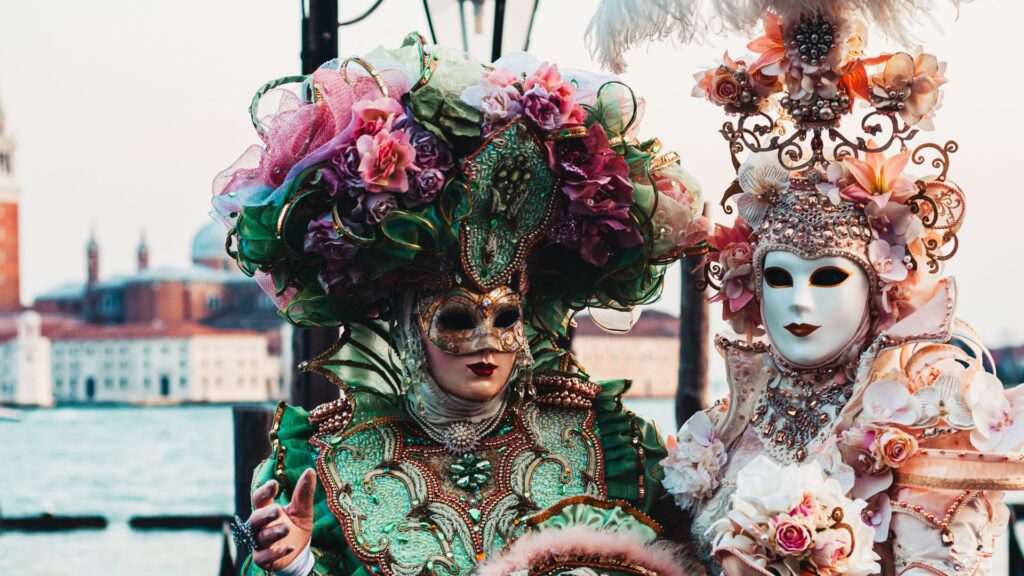
Materials and techniques
The materials used to create a historically accurate costume are just as important as the design itself. Traditional fabrics and construction techniques can make all the difference when it comes to authenticity.
Fabrics: When crafting historical costumes, it’s essential to choose fabrics that were commonly used in the time period you’re recreating. Wool, linen, and cotton were common during the medieval and early modern periods, while silk and velvet were favoured for the wealthy during the Renaissance. Pay attention to the weight, texture, and colour of the fabrics. For instance, a medieval dress would often be made from wool or linen, whereas a Victorian gown might involve heavy silks, lace, and taffeta.
Sewing techniques: Traditional hand-sewing methods were the norm for most historical periods, and using these methods will significantly improve the authenticity of your costume. For example, hand-finishing seams or using a basic running stitch (instead of modern machine stitches) will make the garment look much closer to its historical counterpart. In some cases, period-specific construction techniques like quilting, pleating, or hand-weaving might be necessary, especially for more intricate costumes.
Accessories and details: Don’t forget about the smaller details that really make a costume stand out. Buttons, laces, and trim should all reflect the time period. For example, while modern costumes often use plastic or metal buttons, period garments may use bone, wood, or brass. Jewellery, hats, shoes, and other accessories should also be carefully considered to complement the overall look.
💡Pro tip: When working with historically accurate materials like linen, hemp, or wool, always pre-wash and shrink the fabric before sewing. These natural fibres can shrink and change shape after the first wash, so washing them ahead of time ensures your costume maintains its fit and structure. For wool, be sure to hand wash or use a gentle cycle to avoid felting, and for linen or hemp, iron the fabric while it's still slightly damp to achieve a crisp, period-appropriate finish.
Buying vs. making your costume
One of the big decisions in crafting a historical costume is whether to make it yourself or buy it. Both options have their pros and cons, and your choice will depend on factors like budget, time, and your level of experience.
Making your own costume: Crafting your own costume can be a rewarding experience, allowing you to ensure its authenticity and fit. If you have sewing skills, creating your costume from scratch will give you full control over the materials, design, and level of detail. Additionally, it can be a fantastic learning process, as you immerse yourself in the historical techniques and fabrics used during the period.
That being said, creating a costume from scratch can be time-consuming and require some skill. If you’re new to sewing or costume-making, it may take time to get comfortable with the tools and techniques. However, many reenactors see this as a challenge worth taking on, as the end result is often more rewarding than purchasing a pre-made outfit.
Buying a costume: If you’re short on time or sewing skills, buying a costume might be the best option. There are many online stores and artisans who specialise in high-quality, historically accurate costumes. This option saves time and effort, and you can often find a wide range of choices. However, buying a costume may come with limitations in terms of authenticity, as mass-produced costumes are sometimes made from synthetic fabrics or simplified designs that lack the finer details of a handmade garment.
If you do decide to buy your costume, make sure you’re purchasing from reputable sources that specialise in historical reenactment or period clothing. Many professional makers offer customisation options, allowing you to get a more personalised, accurate costume.
The importance of creating authentic historical costumes
overstated. A well-made, historically accurate costume doesn’t just enhance your experience – it contributes to the immersive atmosphere of the entire event. By dedicating time to research, selecting the right materials, and either creating or sourcing your costume carefully, you’ll be able to step into the past in a way that brings history to life.
Let’s recap:
- Authentic costumes are crucial for creating an immersive reenactment experience, allowing participants to connect with the historical period they are portraying.
- Thorough research into the historical era you’re recreating is essential to ensure the accuracy of your costume, including understanding fabrics, construction methods, and social hierarchies of the time.
- Use historically accurate fabrics (e.g., wool, linen, silk) and traditional hand-sewing methods to craft a costume that reflects the period’s construction techniques and adds authenticity to the garment.
- Decide whether to buy a ready-made costume or craft one yourself, based on your time, budget, and sewing skills. Making your own offers authenticity, while buying saves time but may limit accuracy.
- Costume accuracy enhances the overall reenactment experience by providing a tangible connection to the past, making it educational and immersive for both participants and spectators.
Whether you choose to buy or make your costume, the key is authenticity. The more detail you put into your costume, the more connected you’ll feel to the era you’re portraying, and the more enjoyable the reenactment will be for you and those around you. So, grab your needles, gather your fabrics, or find a skilled costume maker, and get ready to immerse yourself in the rich history that awaits. Happy crafting!
